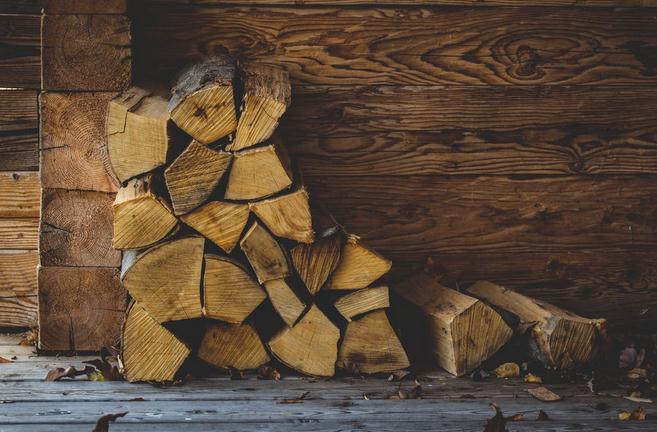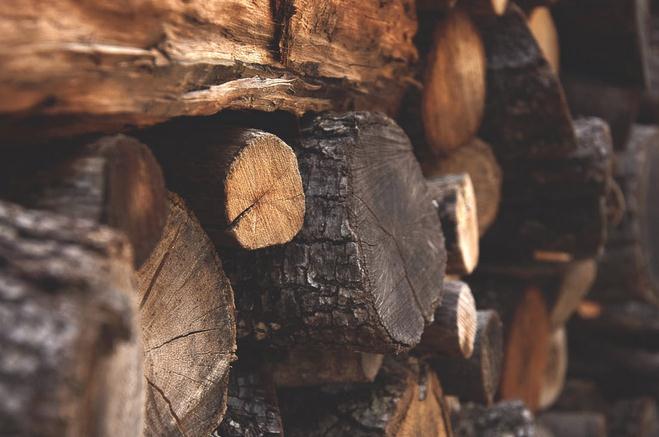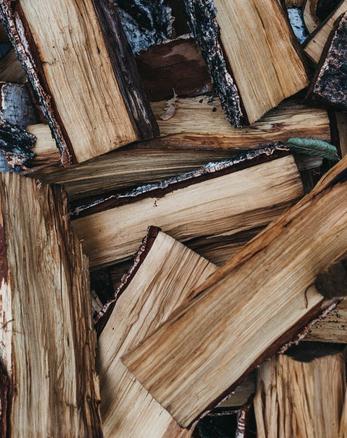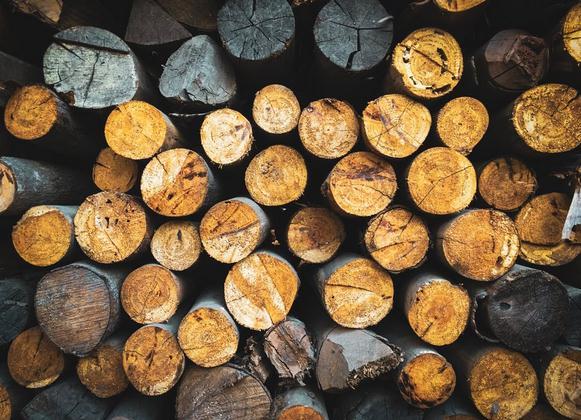Living off the grid is not all glamorous as it might seem when you check out someone’s farm or small off-grid home pictures on social media. Even in some states in the US, where living off the grid is encouraged, and you can find a great community to support you, living off the grid comes is a lot of hard work.
Living off the Grid
Living off the grid implies you are no longer dependent on electricity or heating and cooling systems. Once you decide to make this change in your life, you should be prepared to do things differently. Living off the grid implies that you have to devise alternatives for carrying out your daily chores, such as providing heat for your house to keep it warm, piling up on food supplies for any unexpected event, homesteading routine if you have your livestock, etc.
A portable wood stove is an excellent option for most people opting to live entirely off the grid. It has an even and flat surface to cook while the wood pieces burn to provide fire. It is a versatile investment for campers and off-grid dwellers as you can also use it to heat the area. There is a whole list of gadgets you can find on the internet that help you live off the grid in your van or cabin.
Storing Wood
One of the essential tasks to look after when living off the grid is to have a big pile of dry wood stored for various purposes. From cooking to heating the house or homestead shelter, bucking a tree, splitting the firewood, and keeping it dry through the wet winter season, dry wood has several benefits.
If you think storing wood logs beside the firewood inside your house looks lovely, you are right. It does look esthetically appealing. However, it is only suitable for decorative purposes. For keeping the pile of woods dry and storing it correctly, you have to keep the logs in an organized way outside the home.
Tips for Keeping the Wood Dry
An essential point in keeping the wood dry is to know that you cannot just stack the logs, throw them in a pile, and think they would be ready for the winter. Freshly cut wood is called green wood, and it is not the wood you can use for burning.
Following are some helpful tips to keep in mind when storing wood:
1. Let the Wood Cure
Wood logs have to age or be left to cure for a long time before using as firewood. This process of wood aging is called seasoning or curing. If you use the greenwood for your fireplace, your home is only going to be filled up with creosote and choke your chimney.
If you have transitioned to living off the grid, your only source of heating the house is burning the fireplace. If you use the green wood for this purpose, you will experience nothing but minimal heat output, a high risk of burning items around your fireplace, and a dangerous build-up of carbon monoxide.
The general rule is to let the wood logs season for one whole season. So, if you split your logs in one summer, then let it cure the following winter and summer. Dry firewood is the best for burning. It is devoid of any moisture and burns to the fullest without emitting large amounts of carbon monoxide.
2. Store Properly
For storing the logs, you have to choose a place that is accessible and outside your house. If you are thinking about keeping the wood inside the house, you are wrong. There is usually more moisture in the home that will ruin your wood.
To keep the logs dry, you should choose a place in the yard or lawn from where you can easily carry the firewood in and out of your house. Storing in an appropriate log box made of wood is also an excellent option. The box should be open from the sides and perched on a certain level from the ground.
It will enable the air to flow through the logs and prevent getting wetter by absorbing water from the ground. It is essential to remember that storing wood logs is crucial in having enough firewood to burn during the following season.
3. Stacking Them Properly
Just throwing the logs in a pile and expecting them to dry throughout the season is nothing but a big mistake. You have to stack the logs in neatly organized rows. Also, do not stack for more than four rows as you have let the wood breathe and expel the moisture out. It is best to use a log rack, posts, or pallets.
If you toss and turn the wood logs and notice they are not dry yet, stack them bark-side down so that the moisture can evaporate quickly. If you use pallets or posts to stack the logs, then hammer the posts in the ground not far enough to prevent the logs from rolling down. Use any method you prefer but remember to pile the logs above the floor, or the wood pieces would not dry as there will be no room for ventilation.
4. Covers to Keep Them Dry
Once you have stacked your wood in a neat and organized pile using posts or pallets, it is time to choose a cover to protect it from rain and snow. Covering the wood logs provides an extra layer of protection. Read on to see which covers work best to cover your wooden logs.
- Tarpaulin Cover
Tarpaulin covers do not work well for keeping the wood dry. They create a very impermeable layer of insulation, so much so that no moisture can escape the woods. This cover stops the ventilation between the logs.
- Wooden Log Cover
Making a dedicated log store is also an excellent option for keeping the wood dry. Although this wooden log shed will prove futile in the hard pouring rain, it will quickly dry up, and only the front face of logs might take a long time to dry up. In such cases, let nature deal with it by sun and wind dry the logs up.
- Metal Log Store
Another useful option for covering up your woodpile is to use a metal box to keep the logs from getting wet. It is a relatively modern method of keeping the firewood dry. If you decide to use this method, make sure to get a high-quality metal box. You should get the one that is highly resistant to corrosion and rust.
Living off the Grid Is Rewarding
Living off the grid is a lot of hard work, yet gratifying. The joy of being able to produce your fuel for energy is the best feeling ever. Starting the process of going off the grid and homesteading might be very hard; however, once you read up on manuals and guides, your life looks a lot more organized and focused.
Storing firewood is an essential step to plan a comfortable winter coming ahead. You do not need a fancy glass shed beside the fireplace to store your firewood. You have to keep it in an open place with enough sun and wind to dry the wood logs.




